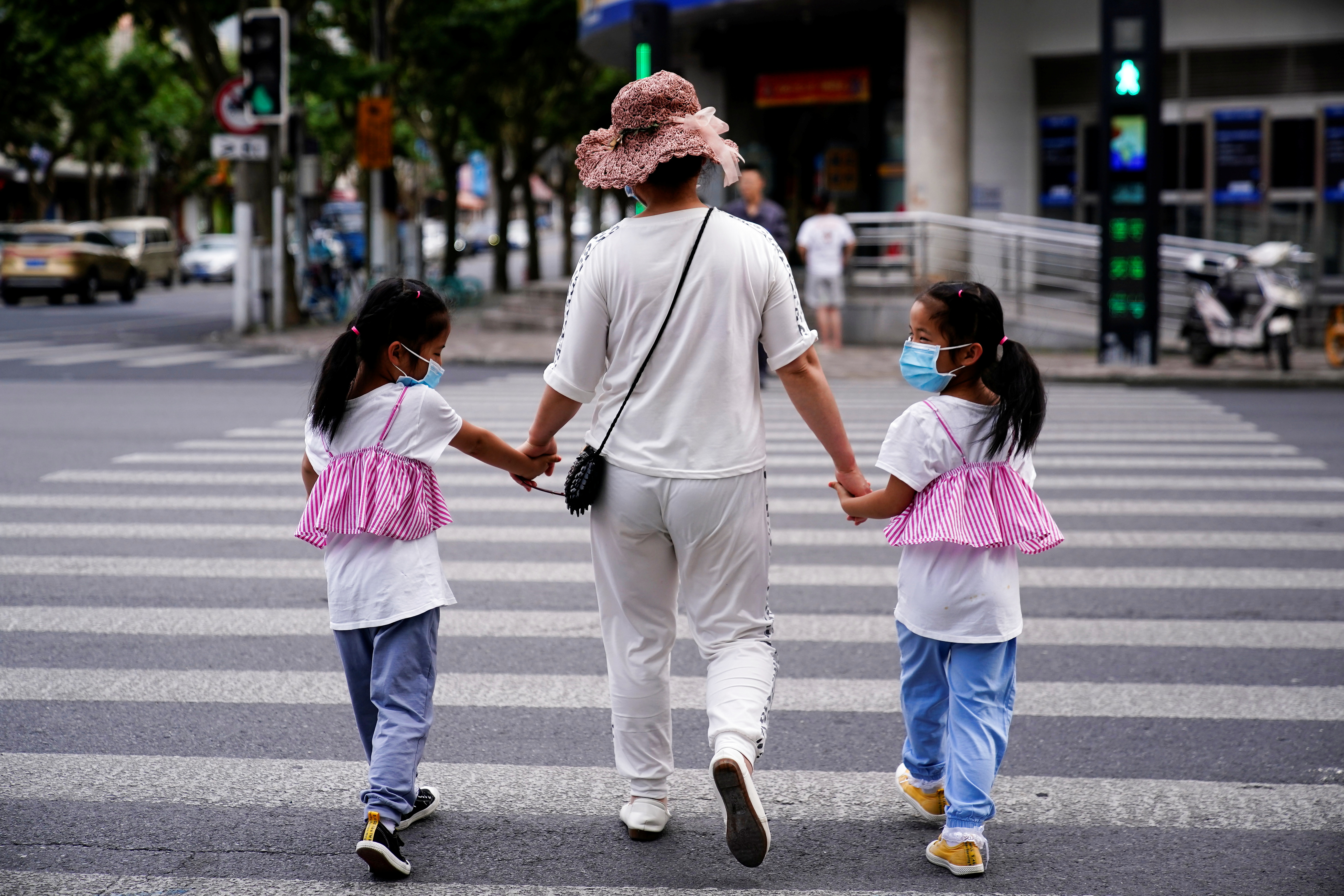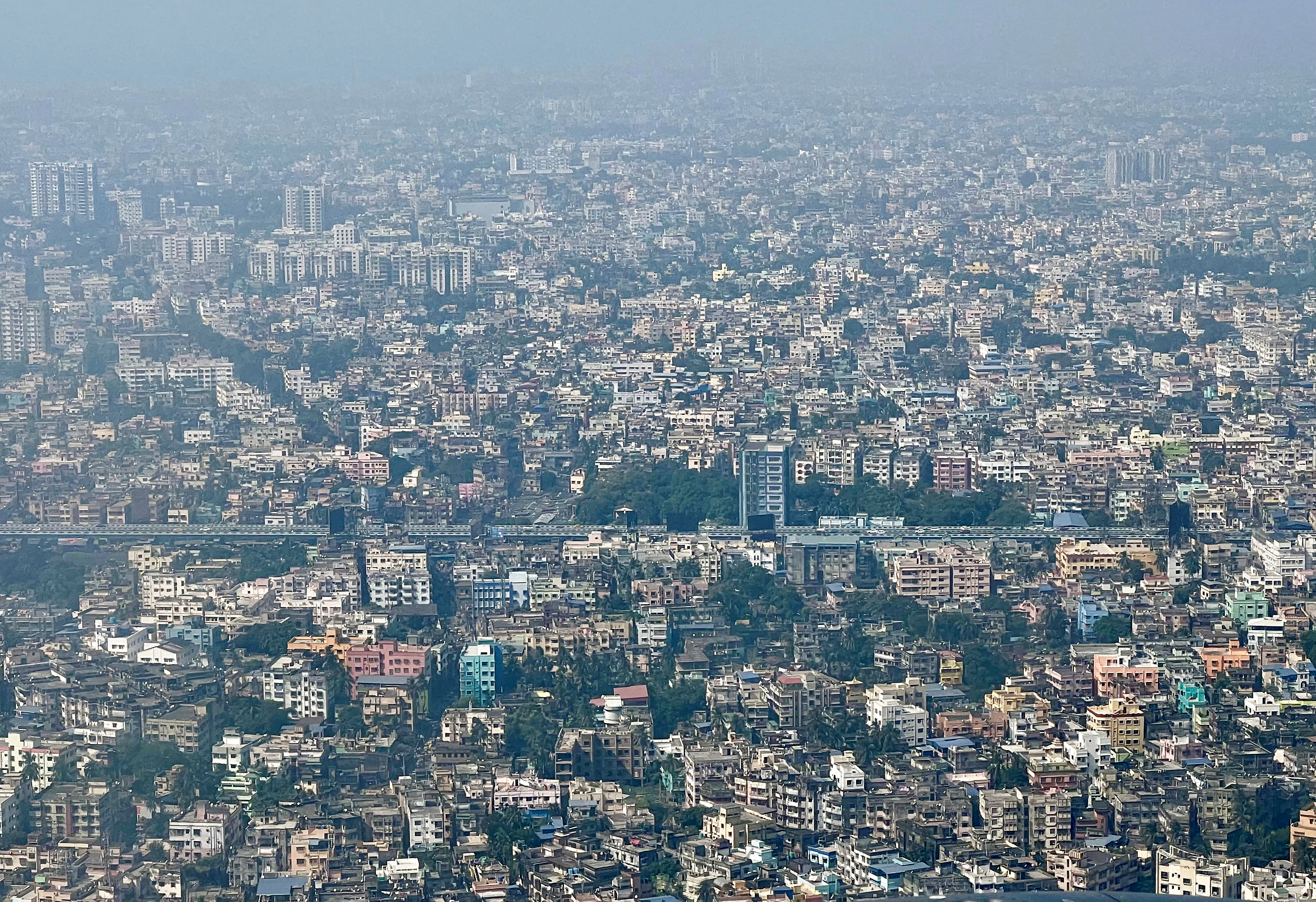
views
China’s population fell for the first time in more than six decades last year, according to official data released on Tuesday, as the birth rate slows in the face of mounting financial pressures and shifting social attitudes.
As its workforce ages, the world’s most populous country faces a looming demographic crisis, which analysts warn could stymie economic growth and put additional strain on already-strained public coffers. Analysts attribute the slowdown to the rising cost of living, as well as an increasing number of women in the labour force and pursuing higher education.
And India is set to dethrone China this year as the most populous country in the world, according to the United Nations.
Why Did China’s Population Fall?
The last time China’s population fell was in the early 1960s, when the country was experiencing the worst famine in modern history as a result of Mao Zedong’s disastrous agricultural policy known as the Great Leap Forward, AFP said in its report.
China lifted its strict one-child policy, imposed in the 1980s due to concerns about overpopulation, in 2016 and will allow couples to have three children starting in 2021. However, this has not been enough to reverse the country’s demographic decline in a country that has long relied on its large workforce as a driver of economic growth.
“The population will likely trend down from here in the coming years,” Pinpoint Asset Management’s Zhiwei Zhang told AFP. “China cannot rely on the demographic dividend as a structural driver of economic growth,” he went on to say.
“Government policies will have to rely more on productivity growth to drive economic growth.”
According to Xiujian Peng, a researcher at Australia’s University of Victoria, the one-child policy caused Chinese people to become accustomed to smaller families. “There’s a lot of pressure when it comes to taking care of your parents and improving your quality of life in the future,” a young woman in Beijing told AFP.

Balancing work and child-rearing can be an impossible task for those who do have children. “Having a child means that many women have to give up on a lot of things they wanted to do,” Nancy, a 32-year-old e-commerce employee, explained.
The population decline quickly became a trend on China’s heavily censored internet. “Without children, the state and the nation have no future,” read one comment on Weibo, a service similar to Twitter. “Having children is also a social responsibility,” said another well-known “patriotic” influencer.
Others, however, emphasised the difficulties of raising children in modern China.
Independent demographer He Yafu cited “the decline in the number of women of childbearing age, which fell by five million per year between 2016 and 2021” – a result of population ageing – as another reason for the low birth rate.
Many local governments have already implemented policies to encourage couples to have children. The southern megacity of Shenzhen, for example, now offers up to 10,000 yuan (approximately $1,500) in birth bonuses and allowances until the child is three years old. However, analysts argue that much more needs to be done.
“To reduce the cost of child-rearing, a comprehensive policy package that covers childbirth, parenting, and education is required,” researcher Peng told AFP. “Women’s job insecurity following childbirth should be addressed in particular.”
According to a study updated last year and shared with AFP by the Shanghai Academy of Social Sciences, the Chinese population could decline by 1.1 percent per year on average. As per the most pessimistic projections of that team of demographers, China could have only 587 million people in 2100, less than half of what it has now.
What Will This Mean for India?
Since its independence in 1947, India’s population has grown by more than a billion people, and it is expected to continue growing for the next 40 years. But its population growth rate has been declining for decades now, and the country has defied dire predictions about a “demographic disaster”, explained a report by BBC.
The report said that according to demographers, the fact that India has more people than China is no longer significant in a “concerning” way.
Rising incomes and better access to health and education have resulted in Indian women having fewer children than previously, effectively flattening the growth curve. Fertility rates have fallen below replacement levels – two children per woman – in 17 of the 22 states and UTs, the report added.
The report goes to list benefits of India becoming the most populous country:
1) It could strengthen India’s claim of getting a permanent seat in the UN Security Council. “I think you have certain claims on things [by being the country with largest population],” John Wilmoth, director of the Population Division of the UN Department of Economic and Social Affairs told BBC.
2) One in every five people under the age of 25 in the world is from India, and 47% of Indians are under the age of 25. Two-thirds of Indians were born after India’s economy was liberalised in the early 1990s. The report says that according to Shruti Rajagopalan, an economist, this group of young Indians ‘has some distinct characteristics’ such ‘as being the largest consumer and labour source in the knowledge and network goods economy’; they will also be the ‘largest pool of global talent’.
But challenges remain and job creation is a big one.
According to the Organization for Economic Cooperation and Development’s 2021 data, India’s working-age population is over 900 million. And this figure is expected to exceed one billion within the next decade, a report by CNN said.

However, experts warn that if policymakers do not create enough jobs, these figures could become a liability. Data show that, due to a lack of opportunities and low wages, an increasing number of Indians are not even looking for work, the report added. Professor of organisational behaviour at the Indian School of Business, Chandrasekhar Sripada said the good news is that policymakers have recognised the issue and have begun to place “reasonable emphasis on skill creation now.” However, it will take years to see the effects of new policies, he said.
To realise its full economic potential, Asia’s third largest economy must also create more non-farm jobs. According to recent government data, agriculture employs more than 45% of the Indian workforce.
According to a 2020 McKinsey Global Institute report, the country needs to create at least 90 million new non-farm jobs by 2030 to absorb new workers. According to experts, many of these jobs can be created in the manufacturing and construction sectors.
With inputs from AFP
Read all the Latest Explainers here




















Comments
0 comment